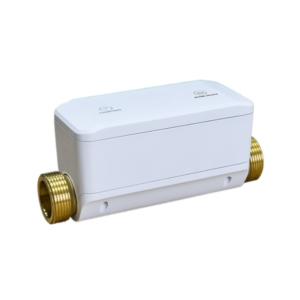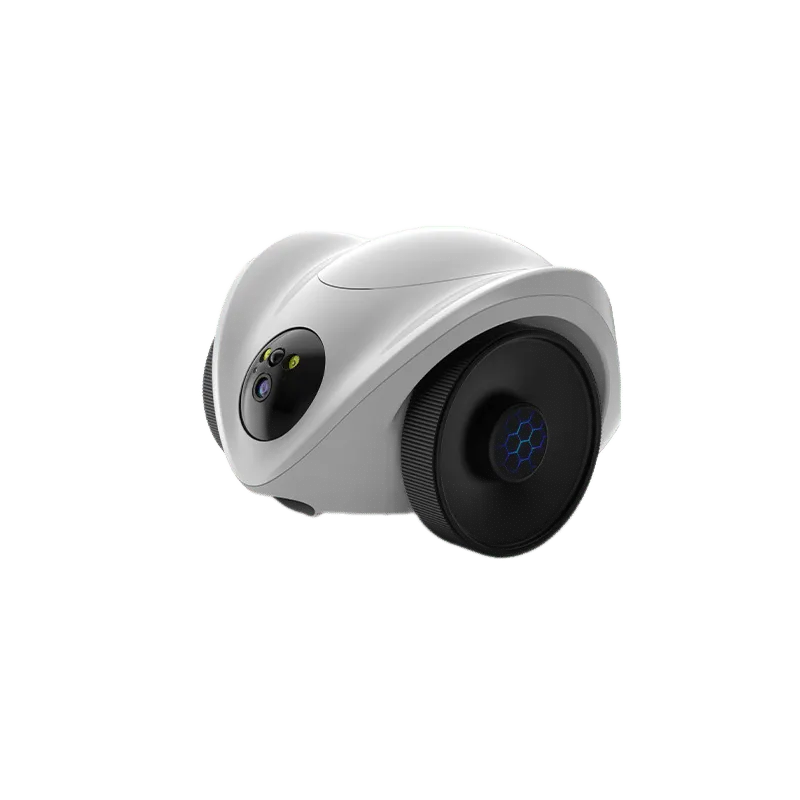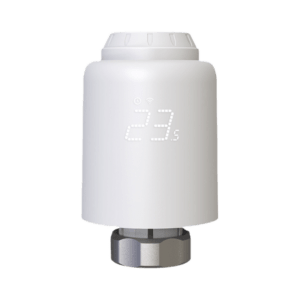Introduction: Summer 2025 Is Heating Up—But Your Bills Don’t Have To
Summer is back—and with it comes rising temperatures and soaring energy bills. For many homeowners, running a heat pump or air conditioner non-stop becomes the default. But here's the good news: modern heat pumps, when optimized properly, can be one of the most energy-efficient ways to cool your home.
In this guide, we’ll help you:
- Discover how to save money with your heat pump in summer 2025
- Optimize your system’s cooling performance
- Reduce your electricity bill without sacrificing comfort
- Use smart thermostat technology to automate savings
Whether you’re using a ducted system or a ductless mini-split, this blog is packed with actionable tips to make summer cooling smarter—not costlier.
1. Understanding How Heat Pumps Work in Summer
You might associate heat pumps with heating, but they’re just as powerful in cooling mode.
How it works:
- In cooling mode, a heat pump extracts warm air from your home and pushes it outside.
- The system uses electricity to drive compressors and fans, just like an air conditioner.
- The main difference? Heat pumps are usually more efficient, especially in mild to moderate climates.
✅ Pro tip: Heat pumps work best when they’re not constantly cycling on and off. That’s why temperature management and thermostat control are critical.
2. Optimize Your Thermostat Settings for Heat Pump Cooling
What’s the best thermostat setting for a heat pump in summer? It depends on your lifestyle and location, but here are some expert guidelines:
| Time of Day | Recommended Setting (°F) | Notes |
|---|---|---|
| While home | 76–78°F | Energy-efficient and comfortable |
| Away | 82–85°F | Avoid cooling an empty home |
| Sleep | 75°F | Slightly cooler for comfort |
Avoid drastic changes. Over-adjusting the temperature can cause unnecessary strain on the system and waste energy.
3. Use a Smart Thermostat to Automate Cooling and Savings
Smart thermostats make saving money effortless. With a Grus EcoNet-TU Smart Thermostat, designed specifically for heat pumps, you get:
- AI-driven cooling schedules
- Mobile app control (from anywhere)
- Geofencing to adjust temperature when you leave or return
- Real-time energy usage tracking
- SmartThings or Alexa integration
--- title: "How Smart Thermostat Optimizes Heat Pump Efficiency" --- flowchart LR %% 主图内容:从左至右排列逻辑流程 A[📱 Smart Thermostat] %% Occupancy 分支 A --> B[👥 Detects Occupancy] B --> C[⚙️ Adjusts Set TemperatureAutomatically] %% Outdoor Temperature 分支 A --> D[🌡️ Monitors Outdoor Temperature] D --> E[📈 Predictive CoolingBefore Peak Hours] %% Energy Price Optimization 分支 A --> F[🔌 Integrates withSolar Panels / Smart Meters] F --> G[💰 Runs Heat PumpWhen Energy is Cheapest] %% 图例区域:独立放在右下角,避免主图干扰 subgraph Legend ["🔍 Legend (Explanation)"] direction TB L1[📱 Smart Thermostat: Central controller] L2[👥 Detects occupancy: Optimize comfort] L3[🌡️ Monitors outdoor temperature: Forecast-based scheduling] L4[🔌 Integrates with energy systems: Load-aware automation] L5[💰 Runs heat pump when energy is cheapest: Save cost] end %% 使用虚线连接主图到图例(非必须,强调说明) G -.-> L5 C -.-> L2 E -.-> L3
💡 Want extra savings? Pair your smart thermostat with a Grus smart energy monitor to gain visibility into real-time power usage and optimize HVAC runtime when energy rates are lowest.
4. Don’t Ignore Filters and Maintenance
Dust and dirt are the enemies of efficiency. Dirty filters and coils can reduce airflow, forcing your heat pump to work harder.
Checklist for peak summer performance:
- ✅ Clean or replace filters every 1–2 months
- ✅ Clear leaves and debris from outdoor units
- ✅ Make sure vents are unblocked and open
- ✅ Schedule professional HVAC maintenance before peak summer
5. Time Your Cooling Around Solar and Utility Rates
If you have solar panels or are enrolled in time-of-use (TOU) utility billing, the timing of your cooling can greatly impact your bill.
🕑 Strategy:
- Run your heat pump during off-peak hours (e.g., 10 a.m. – 4 p.m.) when solar is most productive.
- Reduce cooling when rates spike (usually late afternoon or early evening).
- Pre-cool your home slightly before the peak hours hit.
🔧 How?
Pairing your heat pump with the Grus EcoNet-TU Smart Thermostat and Grus WattPanel-2X energy monitor lets you:
- Monitor solar generation and net power usage
- Automatically shift HVAC load based on utility pricing or grid status
- Reduce battery drain during high-demand windows
--- title: "Smart Heat Pump Strategy with Solar + TOU Rates" --- graph TD Solar["☀️ Solar Panel Output"] --> Controller["🎛️ Grus Smart Controller"] Controller --> Thermostat["🌡️ EcoNet-TU Thermostat"] Thermostat --> HeatPump["❄️ Heat Pump Operation"] Controller --> Utility["💡 Checks TOU Pricing"] Utility --> Controller Controller --> Optimization["📊 Run HVAC When Cost is Lowest"]
6. Embrace Zone Cooling Instead of Cooling the Whole House
If you’re home during the day but mostly in one or two rooms, cooling the whole house is wasteful.
Solutions:
- For central HVAC: use smart vents + sensors to direct airflow only where needed.
- For ductless systems or electric baseboards: install individual thermostats like Grus EcoNet-BH in each zone.
- Use geofencing to turn off zones automatically when people leave.
🎯 Result: More comfort, less runtime, and lower electricity bills.
7. Join Utility Demand Response Programs
Many energy providers now offer rebates or credits when you allow them to adjust your thermostat during high-demand periods.
How it works:
- You enroll in a “demand response” program.
- Your smart thermostat (like EcoNet-TU) temporarily raises the setpoint during peak grid demand (e.g., 3–6 p.m.).
- You stay cool (usually by pre-cooling) and earn rebates or incentives.
📈 Incentives range from 50–200 per season, depending on your location.
8. Combine Sensors + AI for Truly Smart Cooling
Smart thermostats alone are great—but when you add motion sensors, window sensors, and weather prediction, it becomes smarter:
| Sensor | Role |
|---|---|
| Occupancy Sensors | Avoid cooling empty rooms |
| Window/Door Sensors | Pause cooling when doors/windows are open |
| Outdoor Temp Sensors | Pre-cool based on upcoming heatwaves |
| Smart Meter Integration | Run AC only when rates are favorable |
💡 The Grus Energy Ecosystem allows you to pair your thermostats, energy monitors, and sensors for full-loop optimization.
9. Installing a Smart Thermostat for Heat Pumps
Most homeowners can install a smart thermostat in under 45 minutes. But compatibility is key—especially with high-voltage systems like baseboard heaters.
✅ General installation steps:
- Turn off power at your main panel.
- Remove the old thermostat, label wires clearly.
- If no C-wire, use a power extender kit (included with Grus EcoNet-TU).
- Mount and connect the new thermostat.
- Connect to WiFi and the Grus App to complete setup.
🛠️ For high-voltage baseboard systems, only use Grus EcoNet-BH which is designed for 240V load control.
10. Real-World Example: How a Grus Customer Saved $300
Location: Sacramento, California
System: Heat Pump + 6kW Rooftop Solar
Devices Installed: Grus EcoNet-TU + WattPanel-2X
Results (June–August 2024 vs 2023):
| Metric | 2023 | 2024 w/ Grus | Change |
|---|---|---|---|
| Total kWh used (HVAC) | 1180 kWh | 840 kWh | -29% |
| HVAC Runtime | 380 hours | 270 hours | -29% |
| Estimated Energy Savings | – | $312 USD | ✅ |
Why it worked:
- Pre-cooling during solar production peak
- Reduced usage during expensive grid hours
- Optimized temperature with motion detection
🎯 The user reported better comfort, fewer thermostat adjustments, and more predictable bills.
11. Best Grus Smart Thermostat Based on Your System
| HVAC Type | Recommended Grus Model | Why |
|---|---|---|
| Central HVAC / Heat Pump | EcoNet-TU | AI control, solar-aware, demand response |
| Electric Baseboard (240V) | EcoNet-BH | High-voltage ready, SmartThings compatible |
| Zoned or Mini-Split Systems | Coming soon | Watch this space on grus.io |
🛒 Conclusion: Beat the Heat (and the Bills) with Grus
Summer 2025 doesn’t have to melt your budget. By combining heat pump best practices, smart thermostat scheduling, and real-time energy monitoring, you can:
- Stay comfortable
- Save hundreds
- Build a future-ready home energy ecosystem
👉 Browse Grus’s full line of smart thermostats and energy monitors:
http://www.grus.io/solutions/smart-thermostats/




